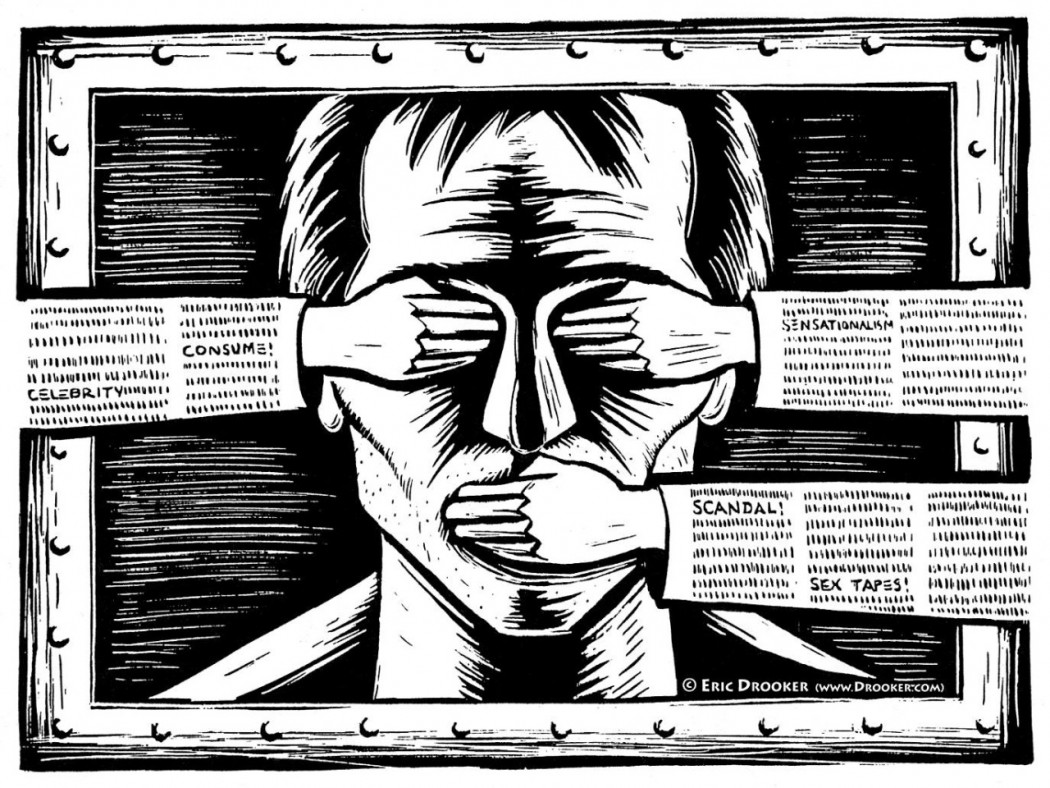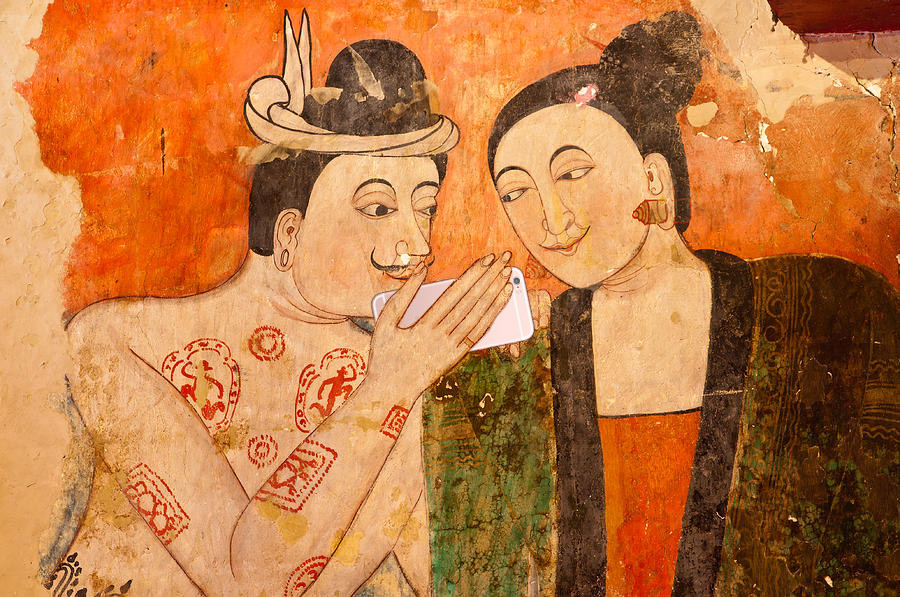Here’s our resident art lawyer Mekhala Dave‘s third chapter from her series on artists’ rights with us! Read on, and don’t forget to keep your eyes peeled for more.
Filippo Bruno was burned alive by the Roman Inquisition for concluding the Universe is infinite and no celestial body is at the centre.
During the 15th century, the Index Librorum Prohibitorum contained a list of publications that were deemed anti-moral, heretic and anti-clerical, against the canonical laws by the Vatican.
Entarte Kunst (degenerate art) was condemned by the Nazis to repress modernism in works of art under the ruse of cultural cleansing.
In the millennium, both Salman Rushdie and Wendy Doniger have been tried and tested as their books ‘offended religious sentiments.’
In S. Rangarjan v. P. Jagjivan Ram, the Supreme Court supported works being censored, stating, “Censorship by prior restraint is not only desirable but also necessary.”
In the web of the routinely expurgation, it is a timeless custom and an unmoved experiment. The crescent of ‘reasonable restriction’ to freedom of expression is in Article 19(1)(2) of the Constitution and the law of obscenity in Section 292 of the Indian Penal Code. Artists are on a pilgrimage to deconstruct their realities through self-expression. Some enter into the trenches of subjects that constitute obscenity.
Tanya Eden, an Illustrator, who takes on racy subjects firmly said,
“My subjects are a result of the dark recesses of the mind, human phobias and overt sexuality. They were initially questionable and unacceptable but as I posted them on social media and into the art market, my audience got used to them and took hold of my unique style.”
M.F. Husain was served for his version of ‘Bharat Mata’ under Section 292 [on distribution of obscene materials], 294 [punishment to obscene acts…] and 298 [punishment to express with an intention to hurt religious sentiments] of the Indian Penal Code. The Court in M.F. Husain v. Raj Kumar Pandey reasoned the meaning of ‘obscenity’ in fine art and iterated,
“…a democracy must provide freedom to dissent and to express thoughts we may hate. Intolerance has a chilling effect on freedom of speech and expression. While there may be other fora to express discomfort or criticism against artistic works, the criminal justice system cannot be relied upon to make such objections.”
But the colossal challenge is when artists conjure works of art that have political reflection whilst incubating their own opinions. The intent of the artists is often subjective and unclear in their pieces. Such works of art entering into the stream could be a parody or contesting a sliver of reality or even a commentary on the status quo of the political or socio-economic climate.
Artist Adrita Das morphs archival images to contemporary lifestyle for nippy satires, such as her Selfie Gods, said,
“My Selfie Gods were deemed offensive, especially since I used Hindu gods from scriptures. It was called Anti-Hindu. But the series were not only with them, I used figures from Mughal paintings and Persian murals as well. I only added an element of smartphones with these figures and watched how some groups took offence by a minuscule change in the images. ”
Interpretation is terrific when works of art and the Courts are concerned, the Supreme Court in Aveek Sarkar v. State of Bengal implored,
“The community standards test is more adaptive to any changing society. One cannot miss the myriad changes in the continuously emerging Indian society…the decisions in such cases must be taken keeping in mind the contemporary national standards and not that of a group of sensitive persons.”
What becomes of dissent in artistic expression when permeated with legal templates like censorship? Both the context of the art produced and the timing are the material factors of drawing potential offence. However, this intensifies with the regulating and controlling by the weighty powerful and the judgements of non-state actors. The very factors that give freedom to save art become the reasons for monitoring ideas. Despite the array of objectives behind censorship, the authenticity in artistic expression is compromised. And the novelty of art surprisingly rises from controversies, alternative discords and the pushy economics of the art market. Artist Illma Gore’s nude Trump costs nearly 1 million pounds after a relentless controversy.
The degree of censorship directly by the State is most experienced with films. The Cinematograph Act and Cinematograph Certification Rules are shrines for the Central Board of Film Certification authority. The month’s accolade goes to Udta Punjab, a film with 89 cuts arbitrarily imposed by the Central Board of Film Certification; however, the Bombay High Court gracefully ruled in favour of the film. Artistic expression does not stray far from the well of truth, as Udta Punjab portrays the implications of drugs in Punjab.
As and when more voices plummet to the shores of social media, censorship is mirrored on a personal and intimate level as well. Artist Rupi Kaur’s photograph of herself with period stain through sweatpants was banned on Instagram on two occasions. Parisian based Frederic Durand-Baissas was suspended from Facebook without notice for posting artist Gustave Courbet’s ‘The Origin of the World’ circa 1866 (exhibited at Musée d’Orsay). Facebook, abiding by local laws, is pressured by the United States to ban selective content or cripple for an ultimate shut-down. Particularly, Facebook only has an appeal for the removal of pages or profile but not for individual posts, photos or videos (refer: Facebook’s community standards clause).
Philosopher Noam Chomsky provokes a critique on media, stating,
“In countries where the levers of power are in the hands of a state bureaucracy, the monopolistic control over the media, often supplemented by official censorship, makes it clear that the media serve the ends of a dominant elite. […] The elite domination of the media and marginalisation of dissidents that results from the operation of these filters occurs so naturally that media news people, frequently operating with complete integrity and goodwill, are able to convince themselves that they choose and interpret the news ‘objectively’ and on the basis of professional new values.”
We are pitted against one another in the drapery of what is enough, especially, in the swirling greys of artistic expression. The truth becomes a mirage in the refraction of the state’s role in cultural reformation, non-state actors’ opinions and dissent. With the showering of conflicting archetypes and consumption of standards as per the masses — what is good for everybody is not settled and perhaps, may never settle.
Bibliography
- Refer Aveek Sarkar v. State of Bengal, 2014 SCC.
- Refer M.F. Husain v. Raj Kumar Pandey, 2008 SCC.
- Refer S. Rangarjan v. P. Jagjivan Ram, 1989 SCC(2) 574.
- Chomsky, N. A Propoganda Model, Manufacturing Consent: The Political Economy of the Mass Media. 1988.
- Gore, I. Donald Trump Penis Painting. Published: The Guardian, May 7, 2016. Accessed online on 16 June, 2016.
- Sanghani, R. Instagram deletes woman’s period photos – but her response is amazing. Published: The Telegraph, March 30, 2015. Accessed online on 15 June, 2016.
- Westcott, L. Facebook can now be sued in France in dispute over nude painting. Published: Newsweek, February 12, 2016. Accessed online on 16 June, 2016.
As before, you may approach either us at The Yellow Sparrow or Mekhala personally (for lawyer-client privilege of confidentiality) at mekhala.dave@gmail.com for your queries and updates; she will get back to you each week with answers to your enquiries.












